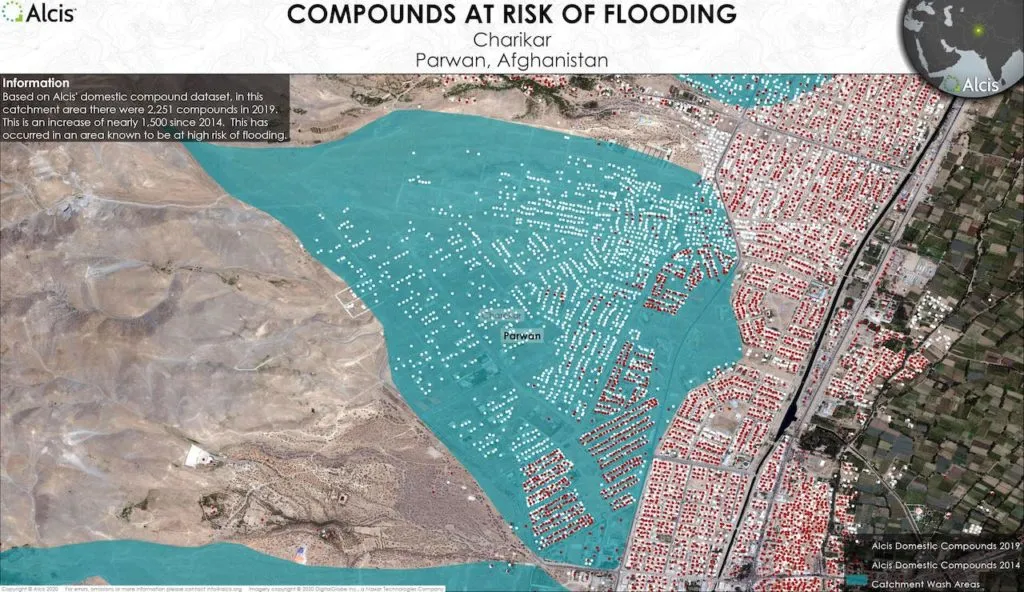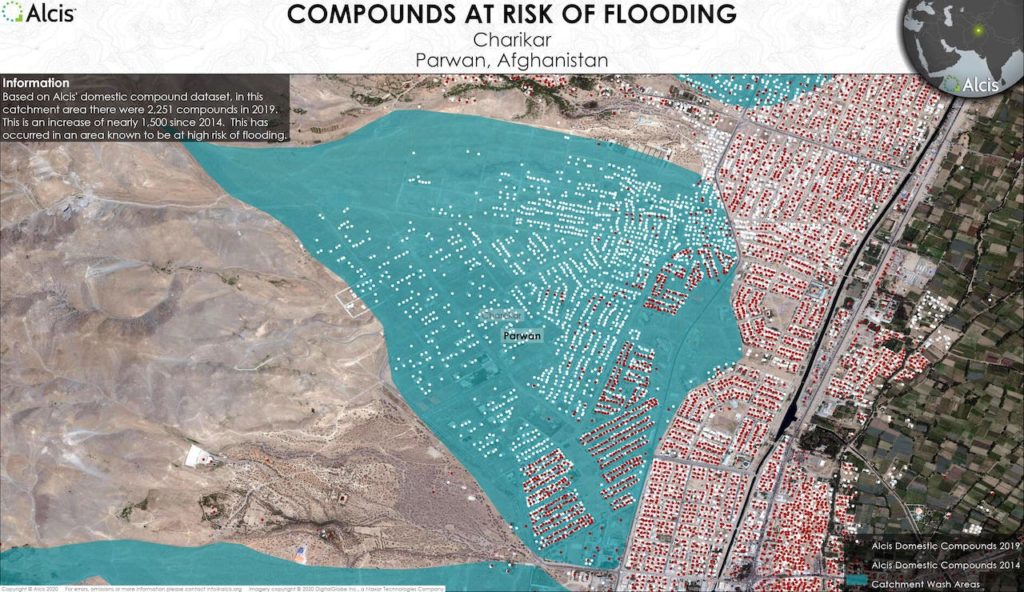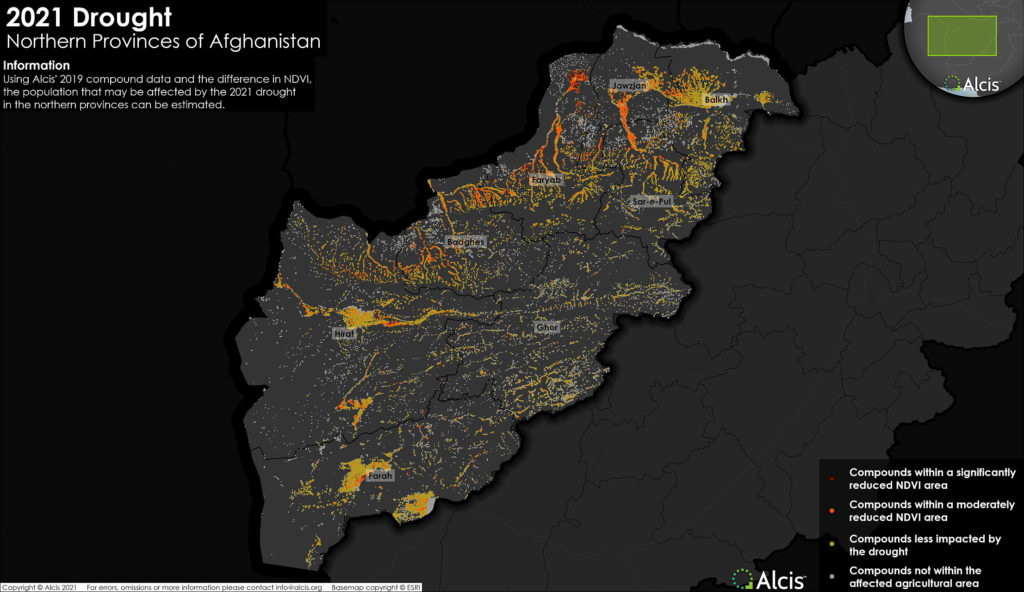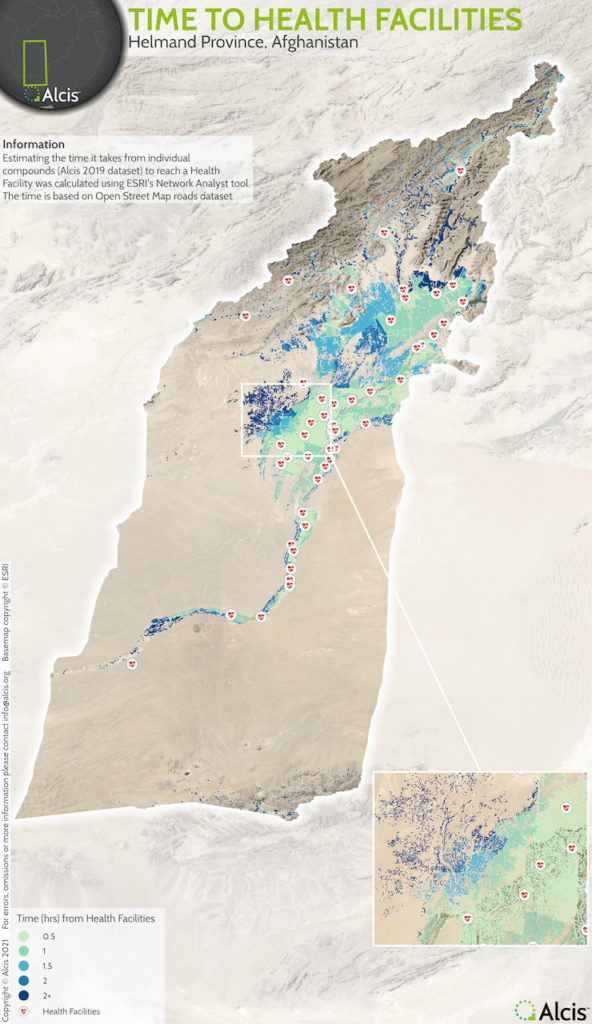
A short tale about how I wanted to buy satellite imagery and how difficult it was

I have spent over a decade in the geospatial industry and thus know a lot about how things work here but I was shocked when recently buying satellite imagery for a project. I wanted to share with you my experiences and confirm whether it was a rule or an exception.
So I wanted to buy high-resolution satellite data of a few hundred sq. kilometres over Asia. My estimated budget was under 10K USD. The project had a short deadline so I had a maximum time of two weeks to get the data.
I thought that in the third decade of the XXI century and all the marketing budgets from satellite data providers, the whole process will be as simple as finding the data, paying, and downloading the selected imagery. Apparently, the purchase process is much more difficult and it seems that in reality, nobody is interested in selling you the data!
Finding the needle in a haystack
The first challenge is already at the first step of the process, how to find the data I need? As I found out, that there is actually no data catalogues pertaining to which satellite imagery is available and where you can get it! And I realized that, until and unless you are ‘fluent’ in satellite imagery and you have time to learn from your own mistakes, there is absolutely no way around.
The situation was so ridiculous, that I decided to make an open-source project to help things out with data discovery. Here is an excel file that has a list of all the satellite data from the majority of earth observation satellite systems with resolutions and key parameters.
This list also helped me discover that, other than the key players like Airbus and Maxar, there are several smaller players that can offer me the data I need e.g. in China.
The ‘journey’ to buy the satellite imagery
My project team didn’t have much time left and thus to mitigate the risk, I asked the team to visit the website of every major satellite vendor to see what data is available and verify the purchasing processing. Simultaneously I had already discovered that there was no ‘website system’ to buy the data from the Chinese satellite companies. So, instead, I started exploring my professional network for the same.
Thus, my team started visiting the websites and online portals of Maxar, Harris, Planet, and many others. And to our dismay, no website had the option to buy the data directly. All of them would somehow redirect you to direct contact with the sales department at some point.
So, my team wrote an email to every company, stating the area of interest and other details. And after two days, only Harris replied… (and although we are a few weeks later no other vendor has yet replied to our query).
The time had really flown by and the project deadline was approaching. And soon before the conclusion of the deal, this Harris representative started sending ‘Out Of Office’ emails which pointed out to another person. And this nice guy also gave no reply as apparently there was a typo in the email address provided.
So much happened and a lot of time went into this. But by God’s grace, we hit the right spot and after another 24h got in touch with the right person.
Simultaneously, I was able to contact a few vendors in Europe that were offering Chinese satellite data. I conveyed my area of interest and signed NDAs. Soon we were talking business. But we hit another dead end because they said that it will take another two weeks to get the processed georeferenced data for my area of interest.
Although, as much as I wanted to explore this thread, I just did not have the required time. I had less than a week!
On the other hand, my team was in talks with Harris. We had agreed on the terms and conditions and the prices. Also, we received a payment link the next day. The timer was ticking and it was already 4 days to the deadline!
We were supposed to get the processed data within 1-3 business days (just in time for the deadline). After 3 days, we’ve learnt that the initial time calculation has been underestimated and we need a couple of more days. Eventually, we have received the first data after 5 days and the entire order after 7 days…
To be fair, I must admit that even though my frustrations has been huge, in the end, the communication with the Harris team regarding the delay was good and has been clearly communicated.
Conclusion
This whole experience shocked me! I have learned that there is no one who wants to sell this data. I mean, these companies have set up some really expensive infrastructure, but they’ve clearly done it with huge clients in mind. If I am not the government, military, or Google there is nobody who is interested in me. Nobody wants to sell the data to an individual project.
P.S.
While I was reading more about the topic, I came across this really interesting post by Joe Morrison. The fact that it is written from the perspective of somebody who is working inside one of these big vendors, makes it special. I recommend you read this post.
Did you like the article? Read more and subscribe to our monthly newsletter!








